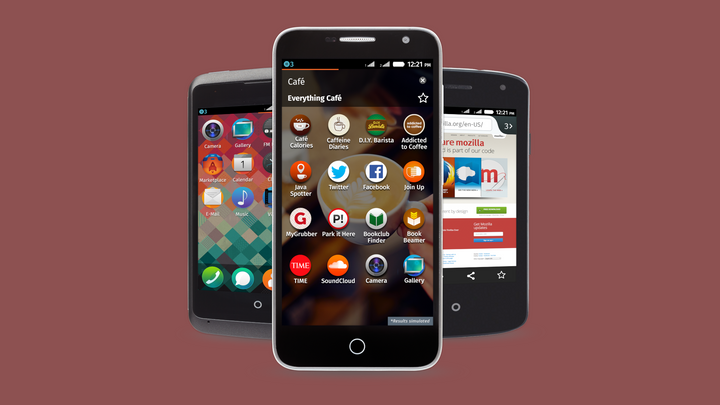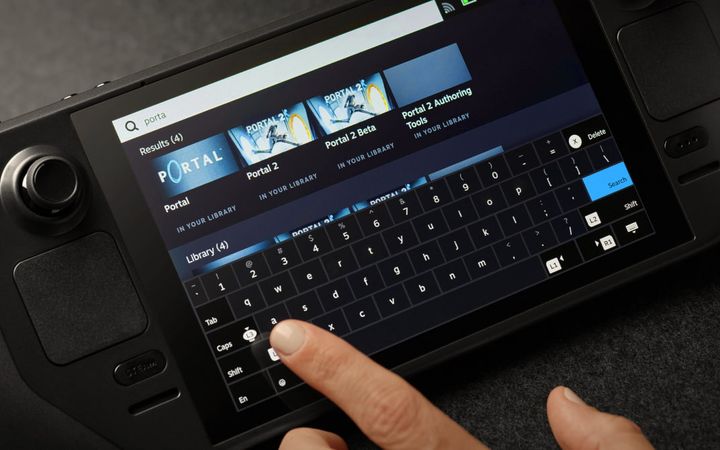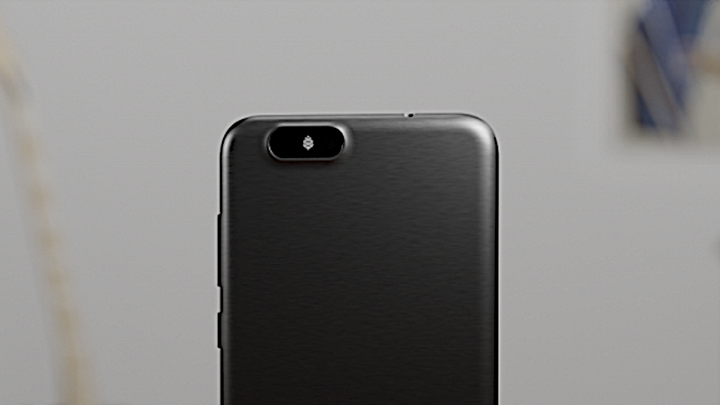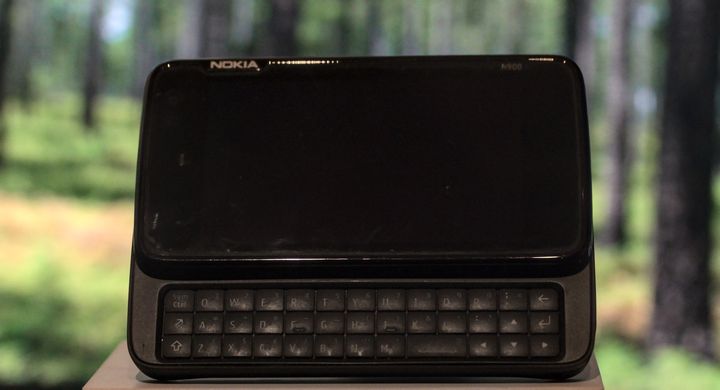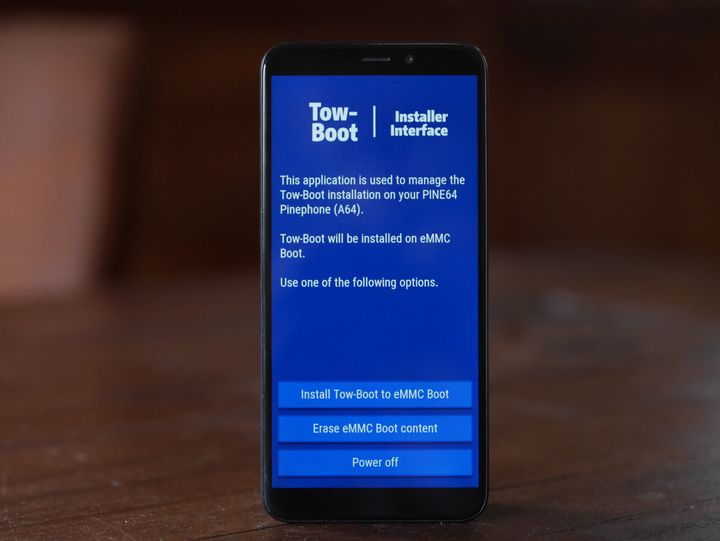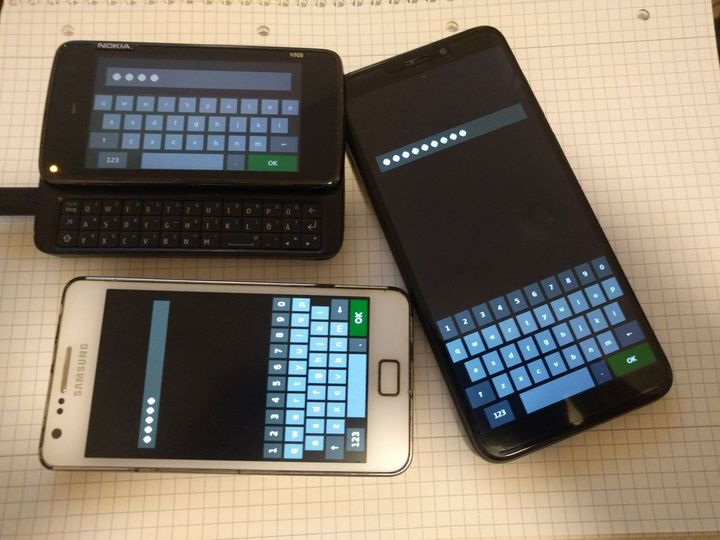
Linux phones are not automatically secure
A common point in the Linux community is that escaping the walled garden of ecosystems like Android or iOS is already a means to higher security. Having no contact with Google or Apple servers ever again, nor cloud providers ever snooping on your private files or contacts again is a

